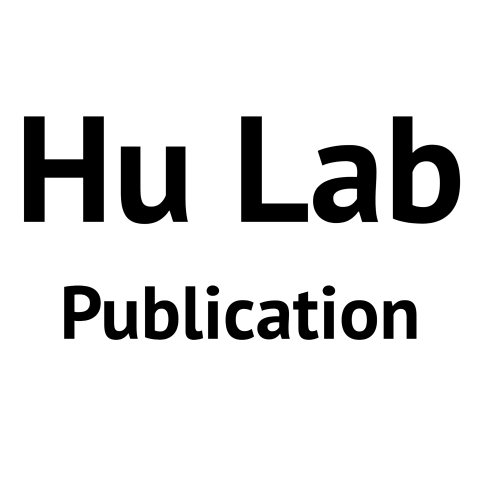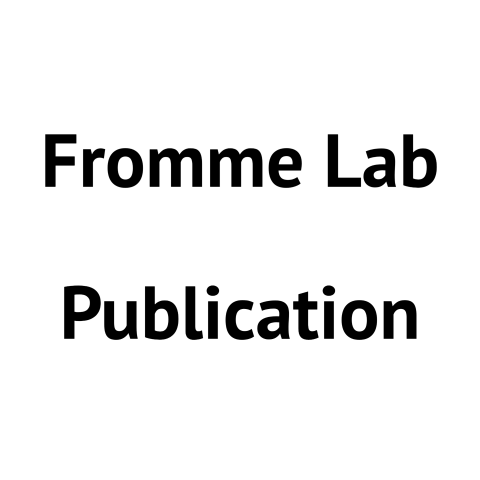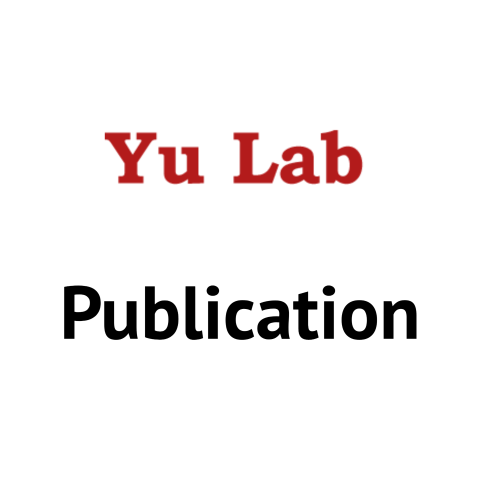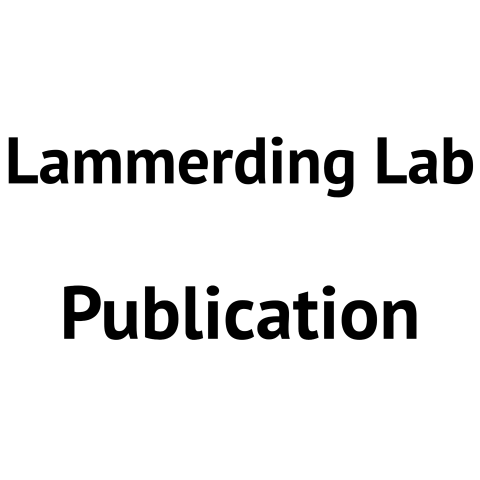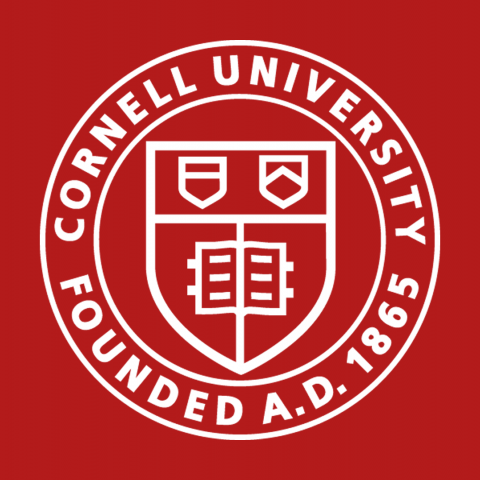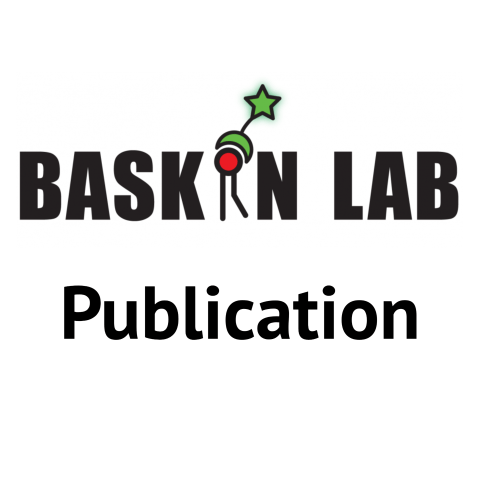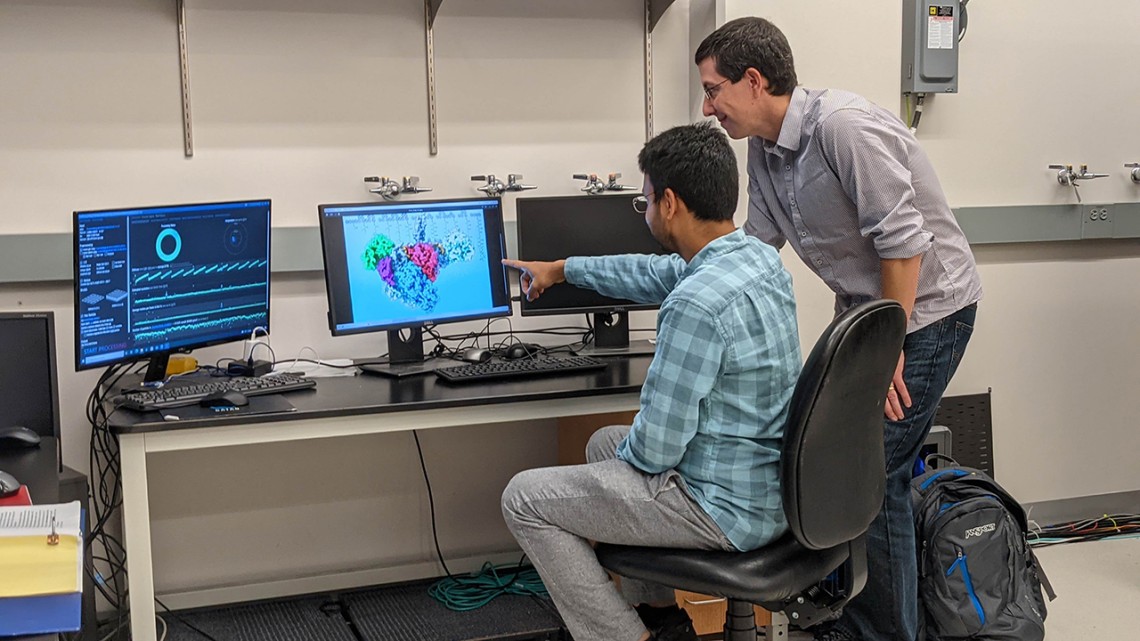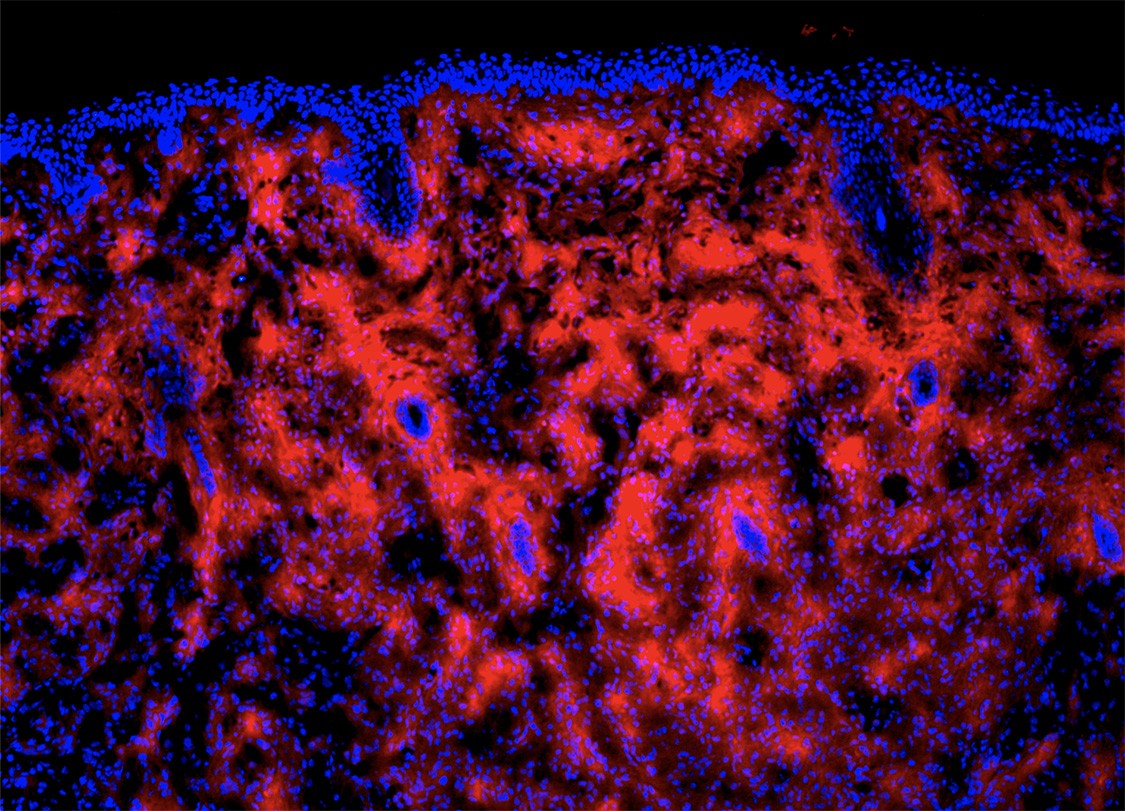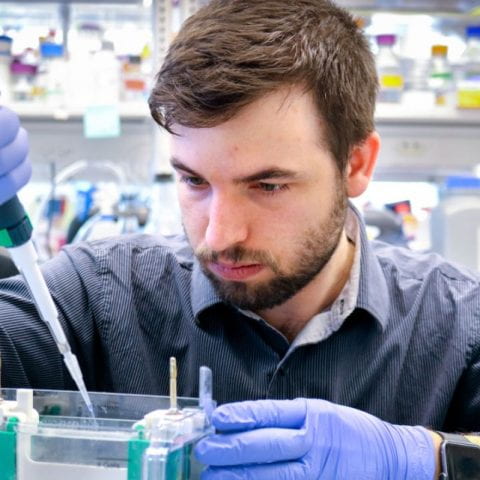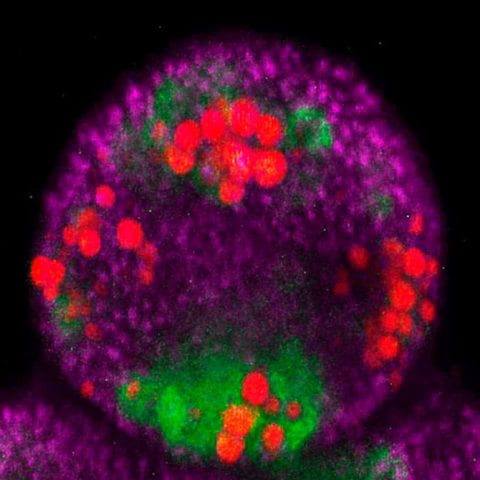News
The American Society for Cell Biology (ASCB) is pleased to present its cohort of 18 new Fellows for 2022. “The 2022 ASCB Fellows are individuals who have contributed broadly and significantly to the cell biology community and to the Society. We honor their scientific achievement and their role in furthering ASCB’s mission of advancing scientific discovery, advocating sound research policies, improving education, promoting professional development, and increasing diversity in the scientific workforce,” said ASCB CEO Rebecca Alvania. Election as a Fellow of ASCB is an honor bestowed upon ASCB members by their peers. The list of approved Fellow nominees is reviewed and approved by the ASCB Council. The new cohort of ASCB Fellows will be formally recognized on December 3 before the...
Progranulin (PGRN) is a glycoprotein implicated in several neurodegenerative diseases. It is highly expressed in microglia and macrophages and can be secreted or delivered to the lysosome compartment. PGRN comprises 7.5 granulin repeats and is processed into individual granulin peptides within the lysosome, but the functions of these peptides are largely unknown. Here, we identify CD68, a lysosome membrane protein mainly expressed in hematopoietic cells, as a binding partner of PGRN and PGRN-derived granulin E. Deletion analysis of CD68 showed that this interaction is mediated by the mucin-proline-rich domain of CD68. While CD68 deficiency does not affect the lysosomal localization of PGRN, it results in a specific decrease in the levels of granulin E but no other granulin peptides. On...
The Golgi complex is the central sorting station of the eukaryotic secretory pathway. Traffic through the Golgi requires activation of Arf guanosine triphosphatases that orchestrate cargo sorting and vesicle formation by recruiting an array of effector proteins. Arf activation and Golgi membrane association is controlled by large guanine nucleotide exchange factors (GEFs) possessing multiple conserved regulatory domains. Here we present cryoelectron microscopy (cryoEM) structures of full-length Gea2, the yeast paralog of the human Arf-GEF GBF1, that reveal the organization of these regulatory domains and explain how Gea2 binds to the Golgi membrane surface. We find that the GEF domain adopts two different conformations compatible with different stages of the Arf activation reaction. The...
The Biomedical Engineering Society (BMES) recognizes individuals for their accomplishments, significant contributions and service to the Society and the field of biomedical engineering. 2022 BMES Class of Fellows Alisa Clyne, PhD Alyman El-Baz, PhD Stacey Finley, PhD Melissa Grunlan, PhD Juergen Hahn, PhD Mariah Hahn, PhD Sean Kohles, PhD Pamela Kreeger, PhD Jan Lammerding, PhD Tanmay Lele, PhD Chuanbin Mao, PhD James Moon, PhD Emmanuel Opara, PhD Kevin Otto, PhD Shalini Prasad, PhD Ravi Radhakrishnan, PhD Milica Radisic, PhD Raj Rao, PhD Anita Singh, PhD Nicole Steinmetz, PhD Maribel Vazquez, PhD Yingxiao Wang,...
Enhancers are pivotal for regulating gene transcription that occurs at promoters. Identification of the interacting enhancer-promoter pairs and understanding the mechanisms behind how they interact and how enhancers modulate transcription can provide fundamental insight into gene regulatory networks. Recently, advances in high-throughput methods in three major areas-chromosome conformation capture assay, such as Hi-C to study basic chromatin architecture, ectopic reporter experiments such as STARR-seq to quantify promoter and enhancer activity, and endogenous perturbations such as CRISPRi to identify enhancer-promoter compatibility-have further our knowledge about transcription. In this review, we will discuss the major method developments and key findings from these...
2022 Fleming Fellowship Winners Yingzheng (Jason) Wang, Smolka Lab: addresses an important question in non-canonical ATR signaling: the role of ATR signaling that does not depend on DNA resection Misha Kazi, Doerr Lab: proposal to elucidate novel mechanisms of AMP resistance in bacteria and to determine their impact on infection dynamics and efficacy of antibiotic therapy About the Award Nancy M. and Samuel C. Fleming Research Fellowship Program: The Fleming Research Fellows program was established in 2008 to support talented young women and men at Cornell who are doing cutting-edge research in basic biomedical sciences and are planning careers in biological or medical research. The fund provides financial support to three outstanding fellows who will play a critical role in...
During migration, cells often squeeze through small constrictions, requiring extensive deformation. We hypothesized that nuclear deformation associated with such confined migration could alter chromatin organization and function. By studying cells migrating through microfluidic devices that mimic interstitial spaces in vivo, we found that confined migration results in increased H3K9me3 and H3K27me3 heterochromatin marks that persist for days. This “confined migration-induced heterochromatin” (CMiH) was distinct from heterochromatin formation during migration initiation. Confined migration decreased chromatin accessibility at intergenic regions near centromeres and telomeres, suggesting heterochromatin spreading from existing sites. Consistent with the overall decrease in...
Tens of thousands of strains of drosophila, or fruit fly, have been developed for research purposes since the early twentieth century. Along with these drosophila resources, researchers have developed increasingly sophisticated techniques for using drosophila to study human disease and biological development. Mosaic analysis is one such technique, involving drosophila that carry two or more genetically distinct populations of cells in a single organism. Mosaic analysis is a powerful research tool for investigating human disease, but it is limited by its reliance on the Flp/FRT site-specific recombination system. The Flp/FRT system restricts application of mosaic analysis to a small subset of fly strains, because most existing drosophila resources do not harbor the FRT sites that the...
The American Institute for Medical and Biological Engineering (AIMBE) has announced the election of Jan Lammerding, Professor / Director of Graduate Studies, Biomedical Engineering, Cornell University to its College of Fellows. Dr. Lammerding was nominated, reviewed, and elected by peers and members of the AIMBE College of Fellows for outstanding contributions to the field of the mechanobiology of the cell nucleus and for commitment to graduate...
Alcohol consumption leads to formation of phosphatidylethanol (PEth) via the transphosphatidylation activity of phospholipase D (PLD) enzymes. Though this non-natural phospholipid routinely serves as a biomarker of chronic alcoholism, its pathophysiological roles remain unknown. We use a minimalist diazirine alkyne alcohol as an ethanol surrogate to generate clickable, photoaffinity lipid reporters of PEth localization and lipid–protein interactions via PLD-mediated transphosphatidylation. We use these tools to visualize phosphatidyl alcohols in a manner compatible with standard permeabilization and immunofluorescence methods. We also use click chemistry tagging, enrichment, and proteomics analysis to define the phosphatidyl alcohol interactome. Our analysis reveals an enrichment of...
Cornell scientists have captured a never-before-recorded stage of an antibiotic-producing enzyme’s construction process, opening the gateway for future development of pharmaceuticals, including antibiotics, immunosuppressants and chemotherapeutics. The study describes the atomic structure of one enzyme – a polyketide synthase – at two different stages of its reaction cycle. This is the first time an entire polyketide synthase has been visualized, said Chris Fromme ’99, one of the study’s authors and associate professor in the Department of Molecular Biology and Genetics. Lead author is Saket Bagde, a doctoral student in Fromme’s lab. The study, “Modular Polyketide Synthase Contains Two Reaction Chambers that Operate Asynchronously,” was published in the Nov. 5 issue of...
Scott Emr, the Frank H.T. Rhodes Class of 1956 director of the Weill Institute for Cell and Molecular Biology and professor of molecular biology and genetics in the College of Arts and Sciences, was awarded the Shaw Prize in Life Science and Medicine for the landmark discovery of the Endosomal Sorting Complexes Required for Transport (ESCRT) Pathway – essential in diverse processes central to life, health and...
Associate Professor Adrienne Roeder has won the American Society of Plant Biology “Charles Albert Shull Award”. This award was initiated in 1971 by the Society to honor Dr. Charles A. Shull, whose personal interest and support were largely responsible for the founding and early growth of the Society. It is a monetary award made annually for outstanding investigations in the field of plant biology. The recipient is invited to address the Society at the annual meeting the following...
Melanoma is the most aggressive and deadliest form of skin cancer. Effective treatments are elusive because one type of this cancer develops resistance to available inhibitors, and in another type, no effective drug treatment has yet been found. But a promising pathway to effective drug treatment of both types of melanoma has been identified by Cornell researchers in the signal regulating protein PLEKHA4, found in numerous animal tissues and organs, including the...
A new study identifies a mechanism that makes bacteria tolerant to penicillin and related antibiotics, findings that could lead to new therapies that boost the effectiveness of these treatments. Antibiotic tolerance is the ability of bacteria to survive exposure to antibiotics, in contrast to antibiotic resistance, when bacteria actually grow in the presence of antibiotics. Tolerant bacteria can lead to infections that persist after treatment and may develop into resistance over...
Since the genetics revolution, biologists have been working to understand the roles that individual genes play, often with the help of advanced techniques. One such method, mosaic analysis, has led to many discoveries of the functions of genes. Although mosaic analysis has been widely used in Drosophila, a popular model organism, it is much harder to implement in other organisms. A new paper describes a technique called Mosaic Analysis by gRNA-induced Crossing-over (MAGIC), which uses CRISPR/Cas9 gene editing technology to make mosaic analysis much simpler. Though the proof-of-principle experiment was done in fruit flies (Drosophila), it can theoretically work in any organism where CRISPR methods...
“The phenomena we found is similar to the phenomena of the sparing of the brain, but there are very important differences,” said Chun Han, senior author. “The neurons are protected at the growth level of individual neurons, and they become bigger and bigger by extending their...
In recognition of this important finding, Sulpizio has been named the 2020 recipient of the Harry and Samuel Mann Outstanding Graduate Student Award. The honor, now in its eighth year, provides $20,000 of funding to a graduate student in molecular biology and...
New research in the lab of Weill Institute associate professor Adrienne Roeder looks at the development of Arabidopsis flowers and addresses the fundamental question of how two or more organs or plant parts grow to the same size and shape, which is essential for proper...
Research in the labs of Tobias Dörr and Yuxin Mao examines how a type of enzyme – called endopeptidases – are regulated to break down cell walls in a process that allows bacteria to grow. The findings open the door to developing small molecules that exploit these enzymes to destroy bacterial cell walls and kill the...


